A major campaign has been launched to bring a £150 million transport scheme to Aberdeen that could rival Edinburgh’s trams or Glasgow’s subway system.
Discussions about creating an Aberdeen Rapid Transit (ART) scheme have been ongoing for a long time, but ambitions have been stepped up a gear today.
If approved, a fleet of vehicles would be introduced to Aberdeen similar to normal buses, but much larger, which would be designed to take passengers efficiently and rapidly across the Granite City.
Aberdeen and Aberdeenshire councils, First Bus, Stagecoach and the regional transport body Nestrans are all working together on making ART project a reality.
And today, they have revved up their efforts by announcing a joint campaign.
They hope to achieve their goals with the help of the Scottish Government’s £500m Bus Partnership Fund.
What would the Aberdeen Rapid Transit scheme actually involve?Aren’t they just fancy buses?
On the face of it, yes, the vehicles proposed for use in an ART are essentially regular buses but bigger.
But according to Nestrans, it would be far better for passengers than taking a traditional bus.
Rab Dickson, director of Nestrans and former head of transport at Aberdeen City Council, said it would be a “top of the range public transport service”.
He said: “We see it as more than just a bus, and almost tram-like in its operation.
“The significant changes are the efficiency and effectiveness, and improved journey times in particular”.
Instead of having regular bus stops, Mr Dickson explained the proposals for ART would instead involve the use of “bus halts”, where the vehicles would stop.
Unlike regular buses, they would have “multiple doors along the side of the vehicle, and bus halts which are the complete length of the vehicle to encourage people to get on and off.”
It is intended that the ART project would include the creation of raised platforms for people to easily get on and off, regardless of if they’re on foot, pushing a pram, or using a wheelchair.
It would use an “off-bus ticketing scheme”, meaning no interactions with drivers to slow down travel, or lengthy waits for people to count out their change.
Instead, users would pay for their tickets before getting on, and scan them when boarding.
Mr Dickson continued: “It stops at halts for a few seconds, rather than the situations you can get with bus stops, and in doing so it makes a journey time which is competitive with the car.”
How would Aberdeen Rapid Transit work alongside existing transport like cars, bicycles and traditional buses?
Mr Dickson said the ART would make use of existing bus lanes “where possible”, and would have “priority at signalised junctions where that’s possible”, in order to get “optimum journey times”.
Although plans are still at early stages, the scheme could include dedicated bus lanes just for the ART vehicles.
The Nestrans director sees the project as “very much complimentary” with existing bus services in and around Aberdeen, and said there would be lots of opportunities for travellers to interchange between the ART and regular buses in order to get about.
“We’re also wanting something that’s compatible with active travel, making sure that cyclists are fully catered for,” he added.
Right now, it is undecided what will power the ART, but a spokeswoman for Nestrans confirmed it is intended to be zero-emissions.
What routes would it take through Aberdeen, and who would run it?
Mr Dickson said the ART would follow two primary routes through the city, one from Bridge of Don to Kingswells, and one from Craibstone to Portlethen.
The two routes would cross over each other in the middle of Aberdeen city centre.
However, the details are not yet set in stone, and a Nestrans map of initial plans for the ART show it reaching out as far as Westhill.
The director said: “This really is an urban vehicle, it works really well in congested city situations.
“What we’re looking at primarily is connecting the existing park and ride sites at Bridge of Don, Craibstone and Kingswells, and probably a new park and ride to the south, probably around Portlethen.
“We’re looking at details like if you’re going to Kingswells, should it be extended out to Westhill, for example?
“There’s still work to iron out.”
Mr Dickson said it’s too early to say if it would be operated by First, Stagecoach, Nestrans or the councils — or a combination of any and all of them.
He explained: “It could be done in partnership, it could be done through a franchise, or it could be done by establishing an arm’s length company.”
If delivered as planned, the ART would have ticket prices that would be “comparable with existing bus fares”, said Mr Dickson.
How much would the Aberdeen Rapid Transit plan cost, and who would pay for it?
So, how much would this all cost, and who exactly is going to foot the bill?
“It’s one of the key questions we’re currently working on,” said the Nestrans director.
In 2021, the partner organisations working on ART successfully bid to the Scottish Government’s £500m Bus Partnership Fund, and secured a £2m award to develop the business cases and designs for the rapid transit idea.
Nestrans and its partners hope this work could result in further funding which could help get the initiative moving in Aberdeen.
Mr Dickson said: “We have consultants on board which have been funded through the government’s bus partnership fund.
“We’re hoping to report early next year, but I’ve been plucking a figure of between £100m to £150m as a broad estimate.
“But we need to have some detail about what that constitutes, what it breaks down into, what are the costs of the vehicles, the cost of the halts, the cost of the road upgrades and infrastructure.
“But, that £100 to £150m is very much in the scope of Transport Scotland’s bus fund.”
‘A real opportunity to deliver something meaningful in Scotland’s third largest city’
Mr Dickson is confident the ART proposals would be worthwhile, and could create a public transport system that would put Aberdeen on the same playing field as Edinburgh and Glasgow.
He said: “We feel this is a real forerunner, a real opportunity for working with the government to deliver something meaningful in Scotland’s third-largest city.
“Edinburgh has its trams, Glasgow has its local rail service, and they’re looking at proposals which are a little bit more long-term.
“But this is something that we feel we can deliver in a five to 10 year period, and really make a substantial difference to the north-east of Scotland.”
The director added: “We feel we cannot go, and do not want to go, with some form of anti-car agenda.
“But rather, what we want is to offer alternatives and options to make people have something that is competitive and makes them think — I don’t need to use my car for every journey.”
What’s next?
Nestrans intends to run a consultation to see what the public think about the ART proposals.
You can find out more here.
We want to know what you think of the plans for the Aberdeen Rapid Transit. Take part in this poll below!
See also:
What can Aberdeen’s proposed £150 million rapid transport network learn from the Belfast Glider?
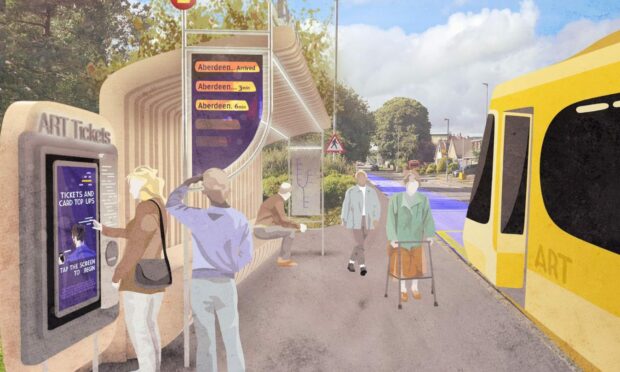
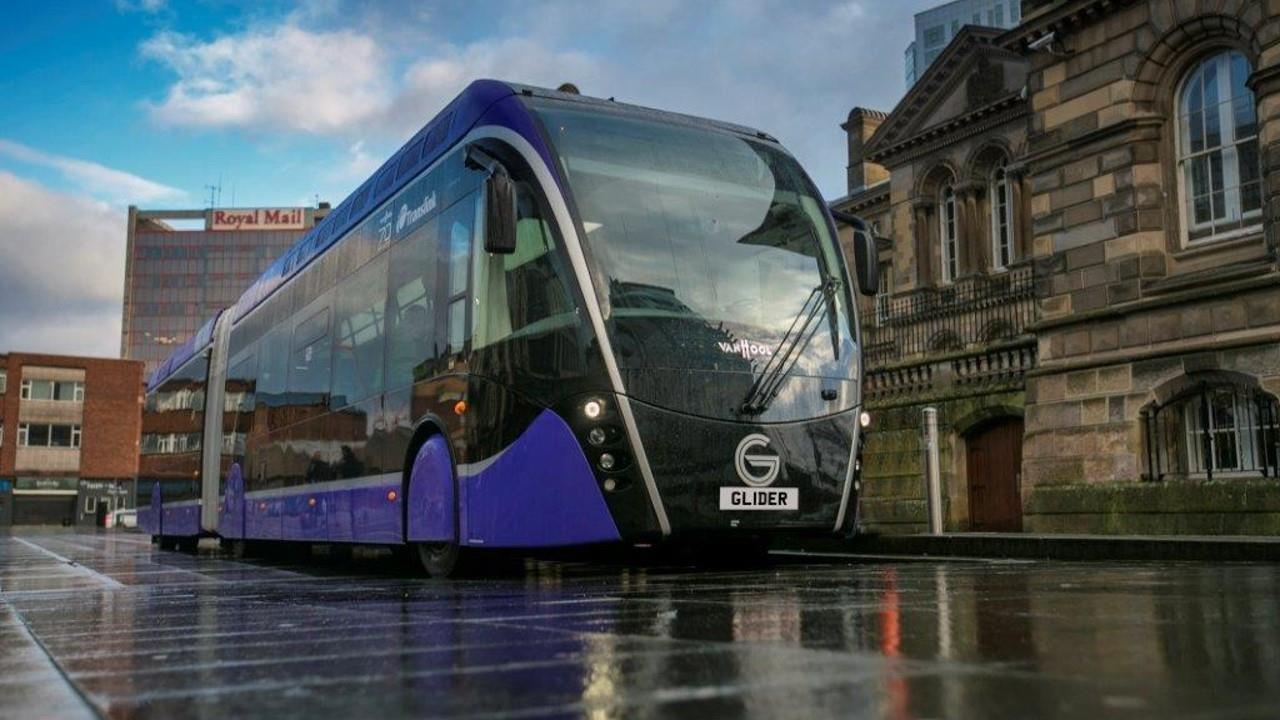


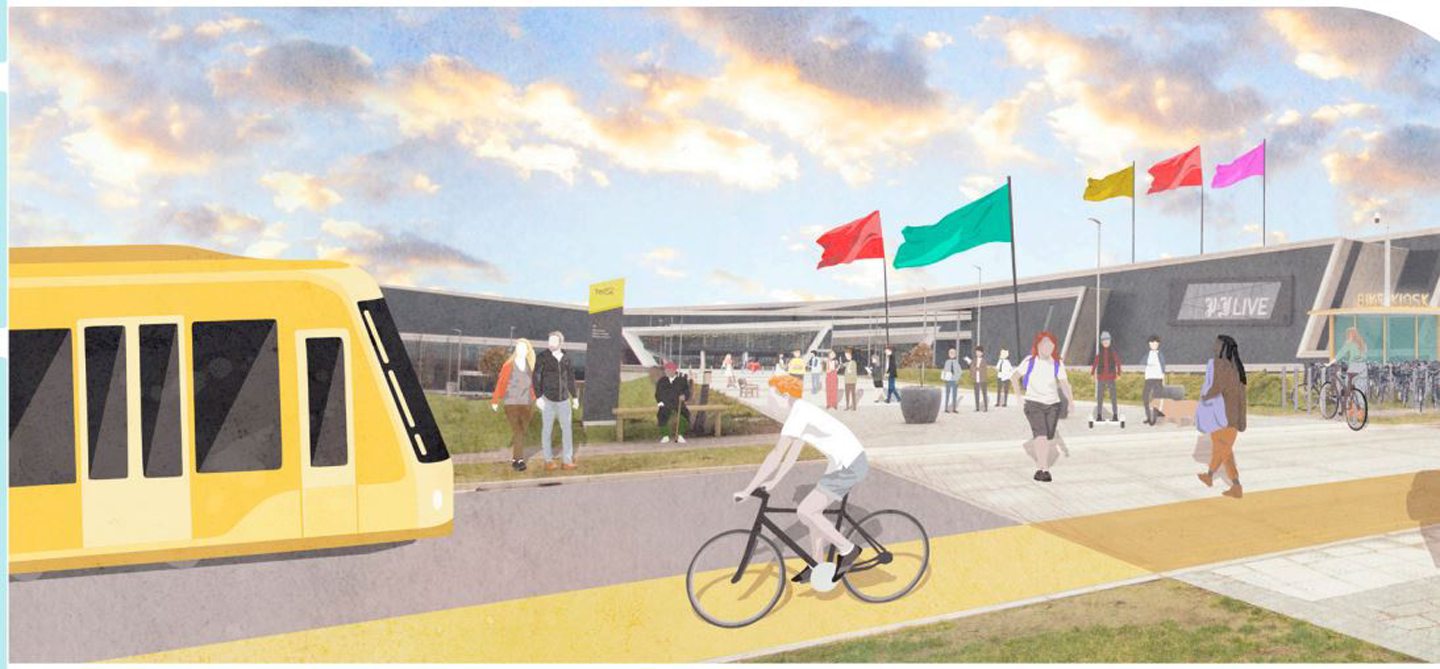
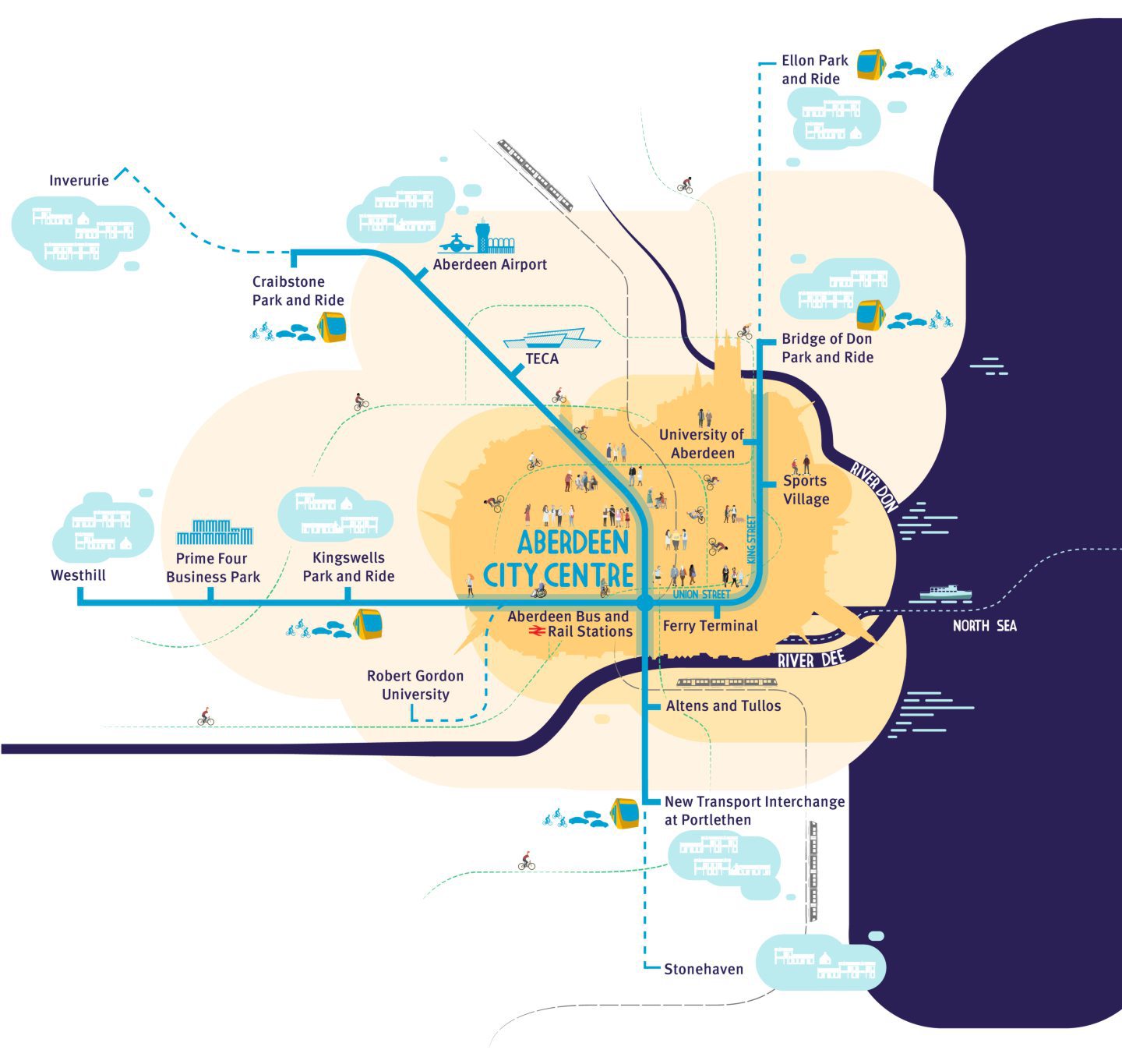
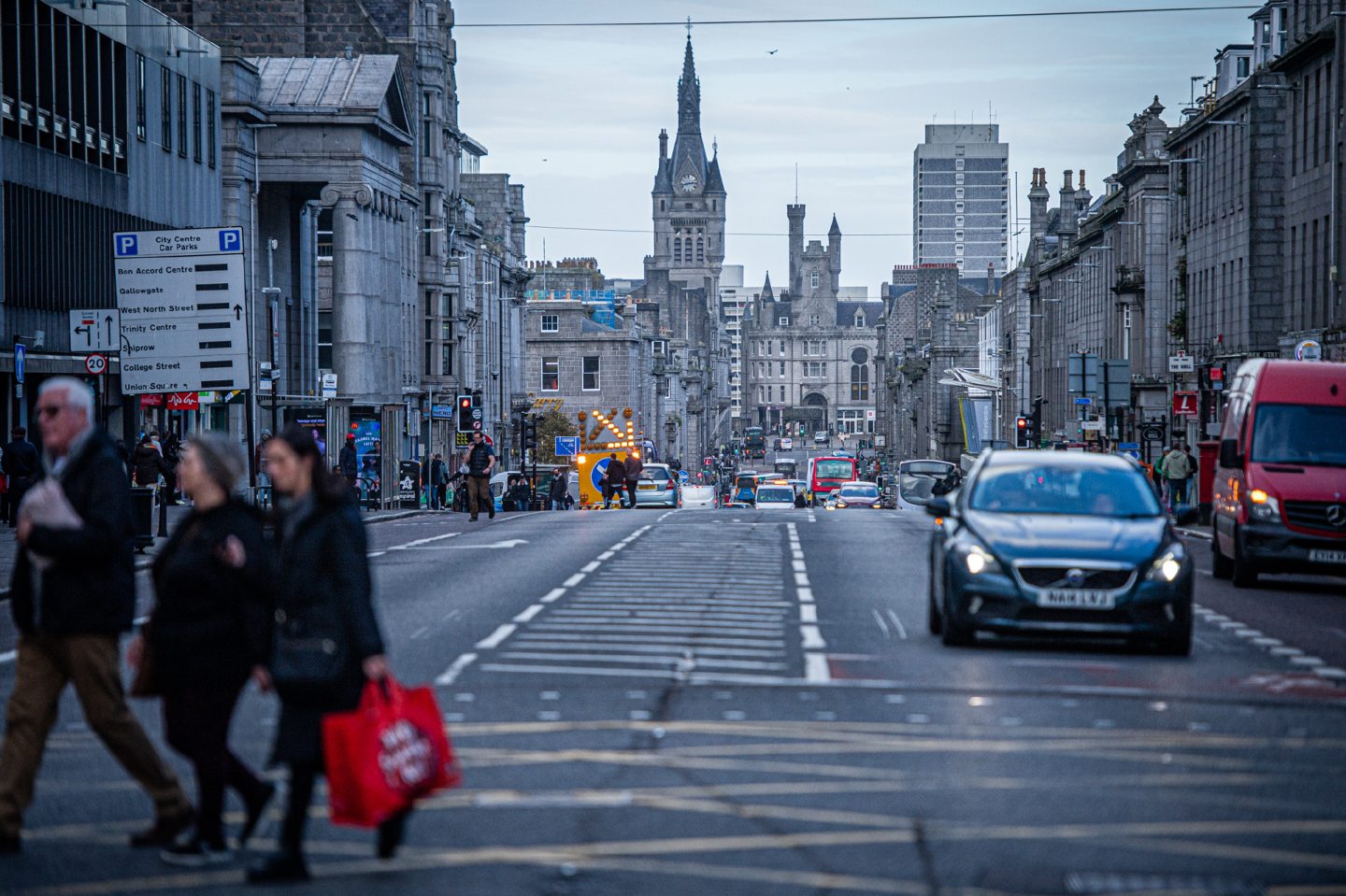

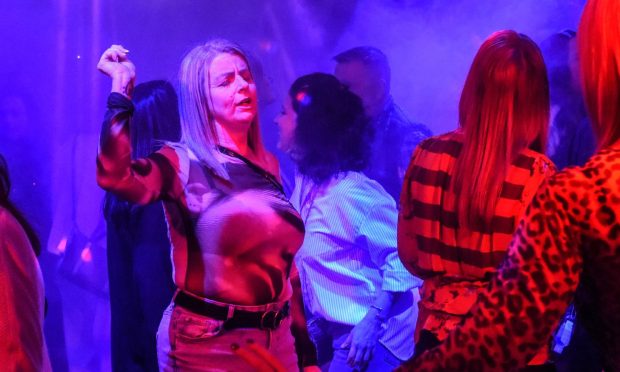
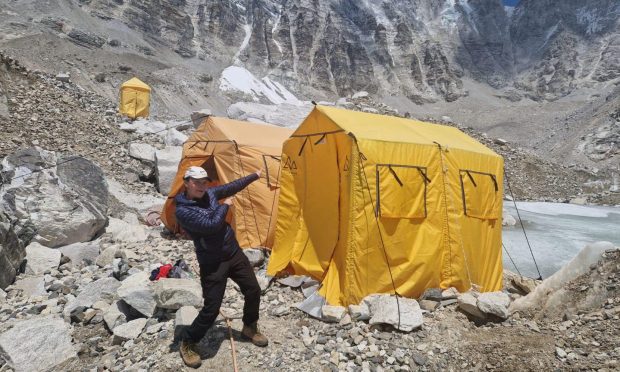
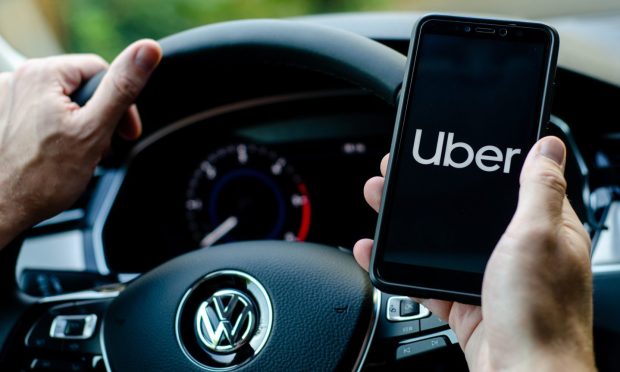
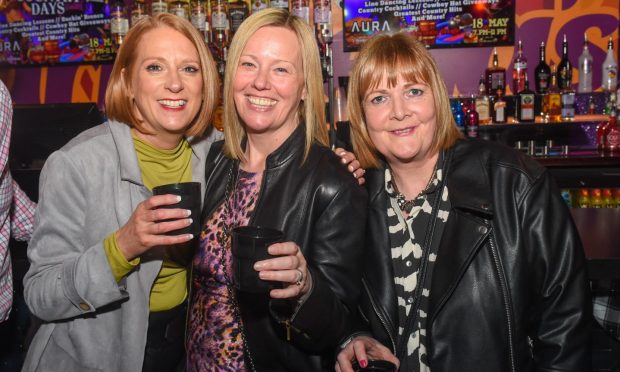
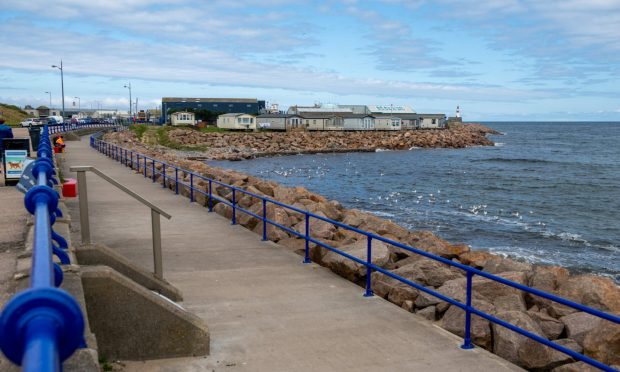
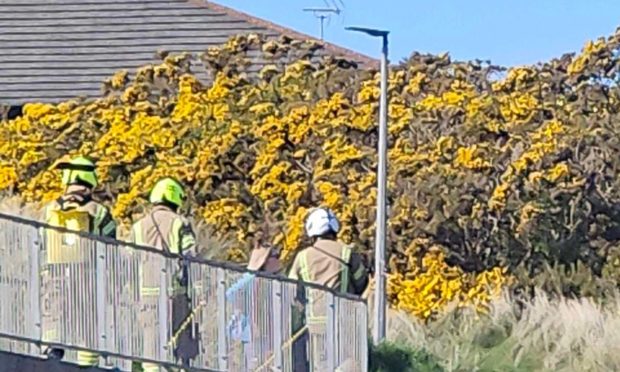
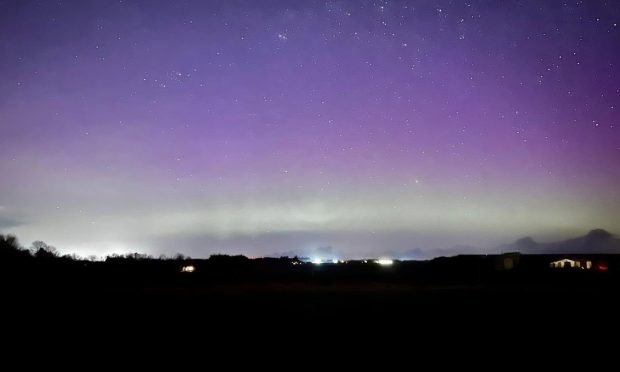
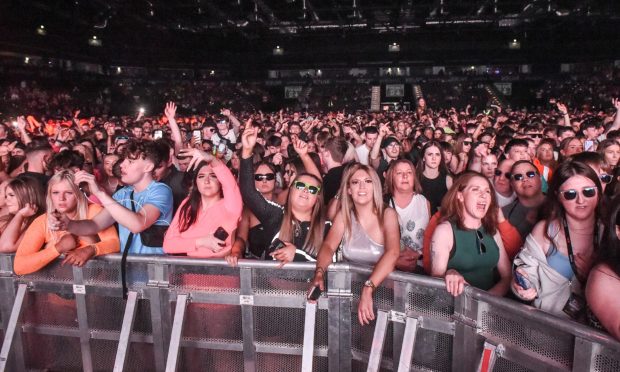
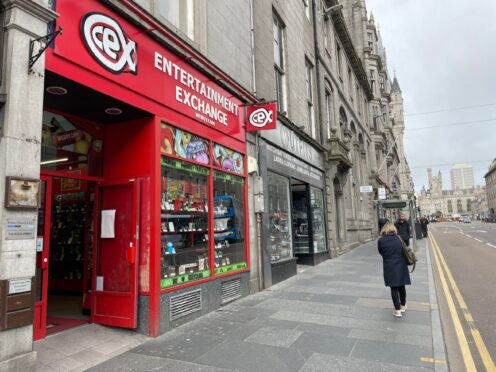

Conversation